Filter By:
Main Cloud Types
- Cumulus
- Stratus
- Stratocumulus
- Altocumulus
- Altostratus
- Cirrus
- Cirrocumulus
- Cirrostratus
- Nimbostratus
- Cumulonimbus
Other Clouds
- Arcus
- Asperitas
- Cap / banner clouds
- Capillatus
- Castellanus
- Cataractagenitus
- Cauda (Tail cloud)
- Cavum (Fallstreak hole)
- Congestus
- Contrail (homogenitus)
- Duplicatus
- Diamond dust
- Distrail
- Fibratus
- Flammagenitus (Pyrocumulus)
- Floccus
- Fluctus (Kelvin-Helmholtz)
- Fractus
- Homogenitus
- Horseshoe vortex
- Humilis
- Incus
- Intortus
- Lacunosus
- Lenticularis
- Mamma
- Morning Glory Cloud
- Murus (Wall cloud)
- Mediocris
- Nacreous
- Nebulosus
- Noctilucent
- Pannus
- Perlucidus
- Pileus
- Praecipitatio
- Radiatus
- Silvagenitus
- Spissatus
- Stratiformis
- 'Supercilium' (not official classification)
- Translucidus
- Tuba / Twister
- Uncinus
- Undulatus
- Velum
- Vertebratus
- Virga
- Volutus (Roll cloud)
Optical Effects
- 22° Halo
- 46° Halo
- Circumhorizon Arc
- Circumscribed halo
- Circumzenithal Arc
- Cloudbow / Fogbow
- Corona
- Crepuscular rays & shadows
- Diffuse arcs
- Green flash
- Glory
- Halos
- Helic arc
- Infralateral arc
- Iridescence
- Lower Sun Pillar
- Lower Tangent Arc
- Moonbow
- Moondogs
- Parhelic circle
- Parry antisolar arcs
- Parry arc
- Parry infralateral arc
- Parry supralateral arc
- Rainbow
- Sub parhelion
- Sub-sun
- Suncave parry arc
- Sun dog (Parhelion)
- Sun pillar
- Supernumerary bows
- Subparhelic circle
- Supralateral arc
- Upper tangent arc
- Wegener arc
The summer sky viewed from the flight deck over the Northern Atlantic Ocean.
4 thoughts on “The summer sky viewed from the flight deck over the Northern Atlantic Ocean.”
Leave a Reply Cancel reply
You must be logged in to post a comment.
This site uses Akismet to reduce spam. Learn how your comment data is processed.
A dynamic and vivid sunset near Lexington, Virginia, US
Leave a Reply Cancel reply
You must be logged in to post a comment.
This site uses Akismet to reduce spam. Learn how your comment data is processed.
Altocumulus perlucidus spotted over Sanxia, New Taipei City, Taiwan
Leave a Reply Cancel reply
You must be logged in to post a comment.
This site uses Akismet to reduce spam. Learn how your comment data is processed.
Sunrise over Central Province, Iran
Leave a Reply Cancel reply
You must be logged in to post a comment.
This site uses Akismet to reduce spam. Learn how your comment data is processed.
Cumulus spotted over Modbury Heights, Adelaide, South Australia, Australia
Leave a Reply Cancel reply
You must be logged in to post a comment.
This site uses Akismet to reduce spam. Learn how your comment data is processed.
Mid-morning iridescence over Lebec, California, US
Leave a Reply Cancel reply
You must be logged in to post a comment.
This site uses Akismet to reduce spam. Learn how your comment data is processed.
Winter solstice sky over Rocky Mount, Virginia, US
Leave a Reply Cancel reply
You must be logged in to post a comment.
This site uses Akismet to reduce spam. Learn how your comment data is processed.
Mammatus (Mamma) spotted in the morning sky over Arlington, Virginia, US
Leave a Reply Cancel reply
You must be logged in to post a comment.
This site uses Akismet to reduce spam. Learn how your comment data is processed.
Winter Solstice sunrise mirrored in texture upon a frozen lake in Southern Alberta, Canada
Leave a Reply Cancel reply
You must be logged in to post a comment.
This site uses Akismet to reduce spam. Learn how your comment data is processed.
Fallstreak Hole (Cavum) in the shape of a heart and with a view of the blue sky, spotted following a week of rain in Waikiki, Honolulu, Hawaii, US
Leave a Reply Cancel reply
You must be logged in to post a comment.
This site uses Akismet to reduce spam. Learn how your comment data is processed.
A storm with mammatus (mamma) spotted over Estrella, Arizona, US
Leave a Reply Cancel reply
You must be logged in to post a comment.
This site uses Akismet to reduce spam. Learn how your comment data is processed.
An 'X' created by contrails over Falls Church, Virginia, US
Leave a Reply Cancel reply
You must be logged in to post a comment.
This site uses Akismet to reduce spam. Learn how your comment data is processed.
Altocumulus undulatus spotted over Hamakua Coast, Hawaii, US
Leave a Reply Cancel reply
You must be logged in to post a comment.
This site uses Akismet to reduce spam. Learn how your comment data is processed.
Altocumulus lenticularis spotted above a layer of stratocumulus, shortly before a storm over Canutillo, Texas, US
Leave a Reply Cancel reply
You must be logged in to post a comment.
This site uses Akismet to reduce spam. Learn how your comment data is processed.
Sunset following a storm over Canberra, Australia
Leave a Reply Cancel reply
You must be logged in to post a comment.
This site uses Akismet to reduce spam. Learn how your comment data is processed.
Lacunosus, a relatively rare and short-lived cloud formation, takes on the look of a honeycomb pattern of round holes with frayed edges. It is formed when a layer of rising warm air and a layer of cold air come into contact with one another, causing downdrafts that push through the cloud. This classic example was spotted by Alexia's friend, Bob Hunter, near Lexington, Virginia, US.
Leave a Reply Cancel reply
You must be logged in to post a comment.
This site uses Akismet to reduce spam. Learn how your comment data is processed.



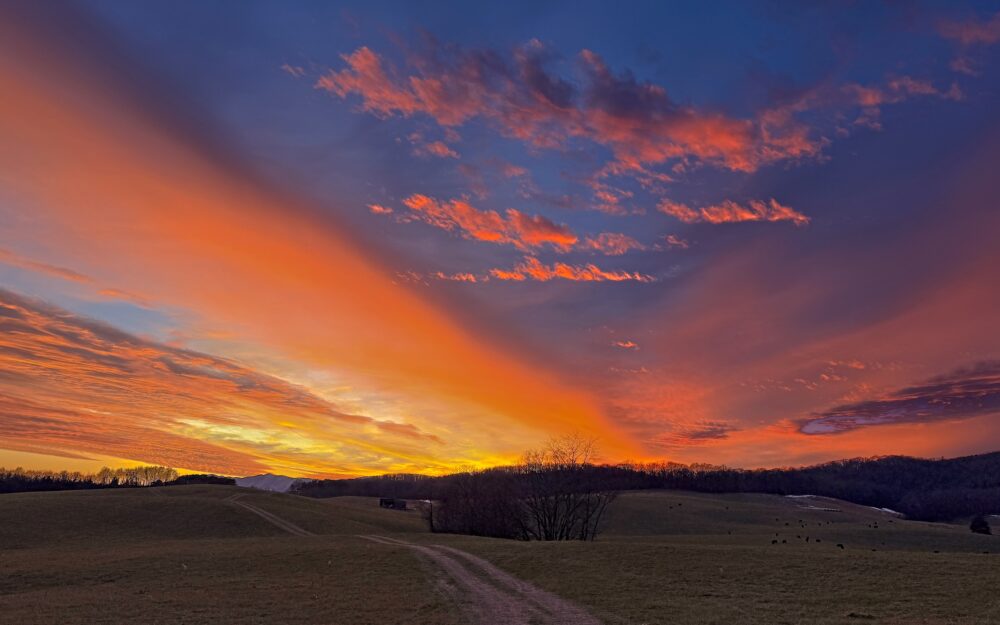
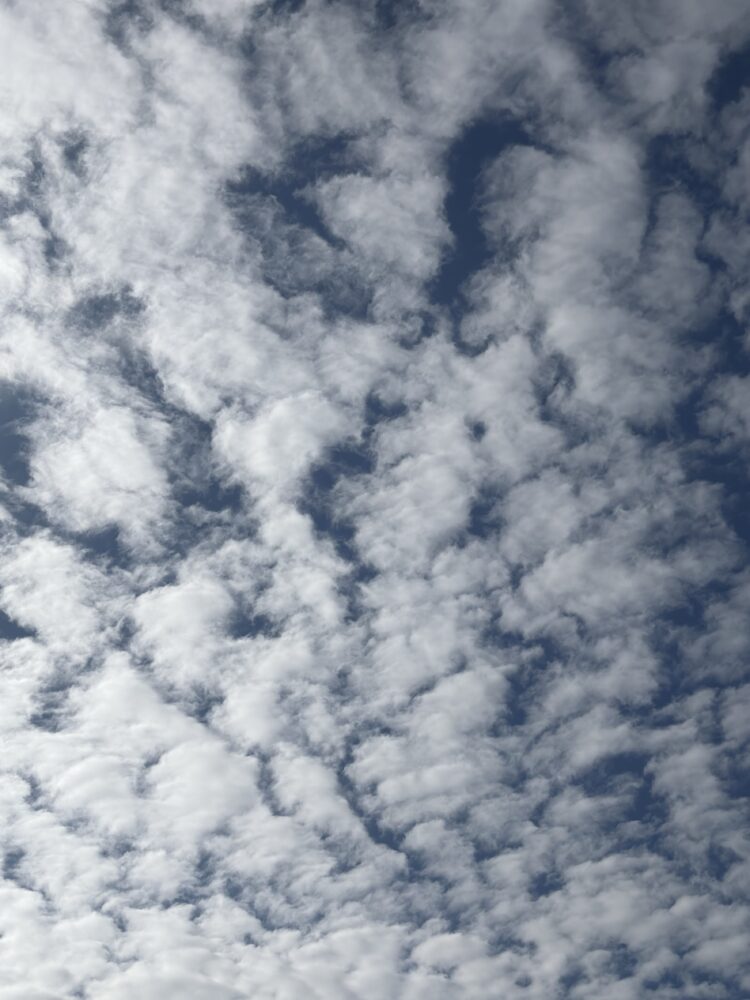
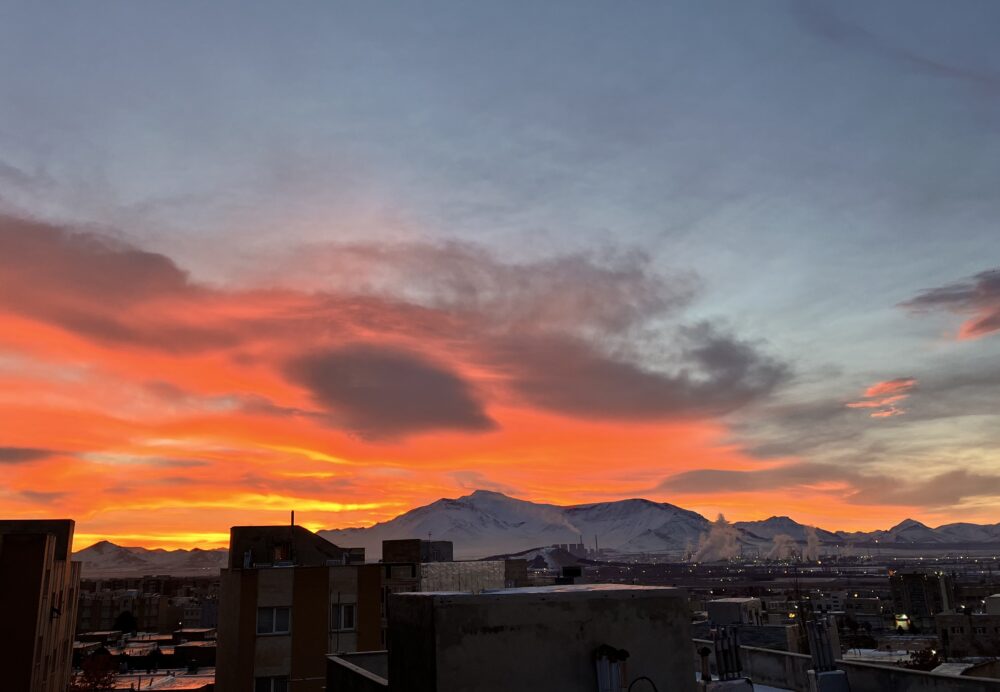
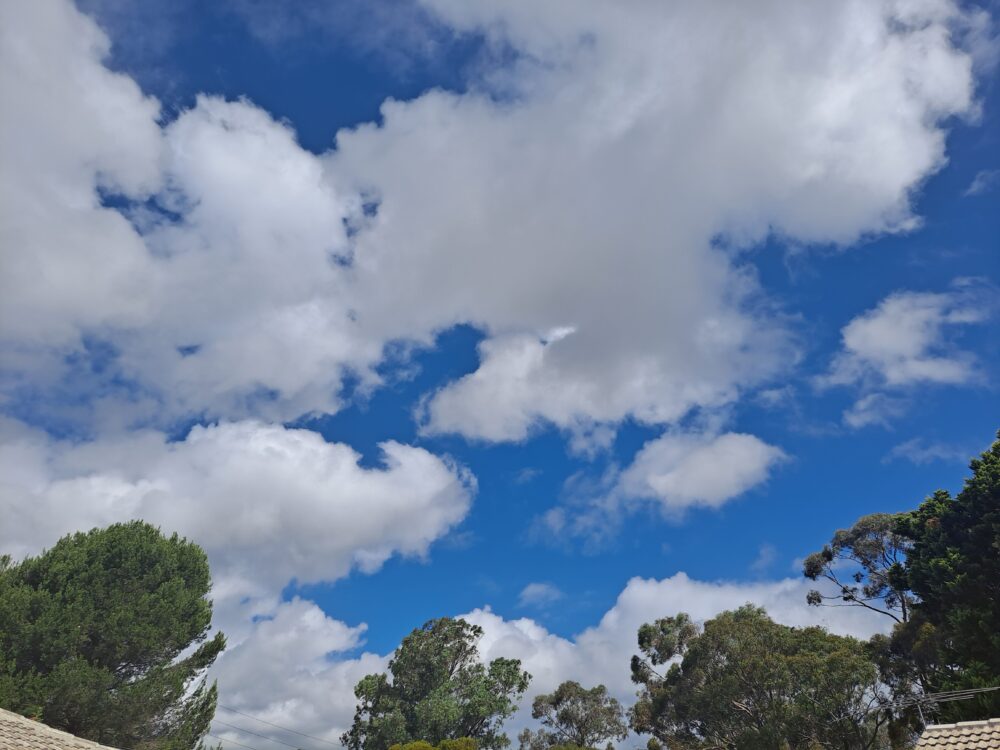
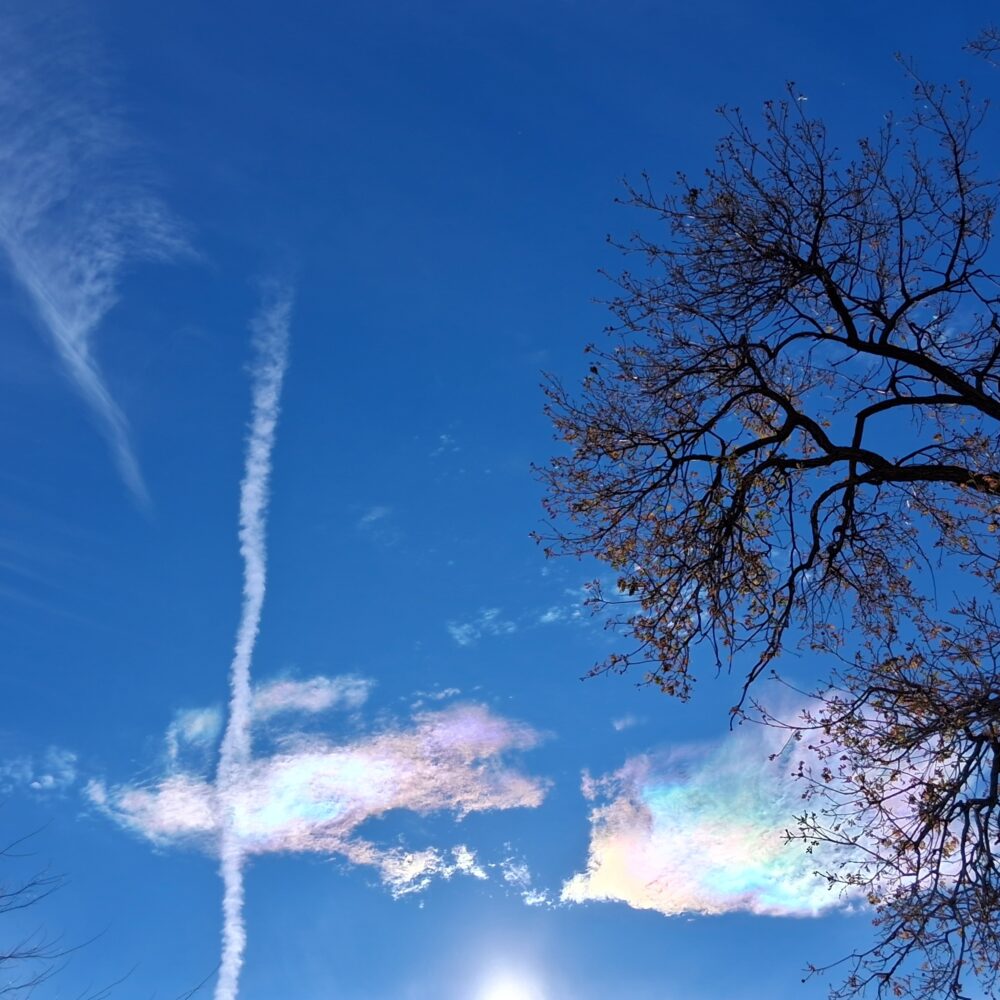
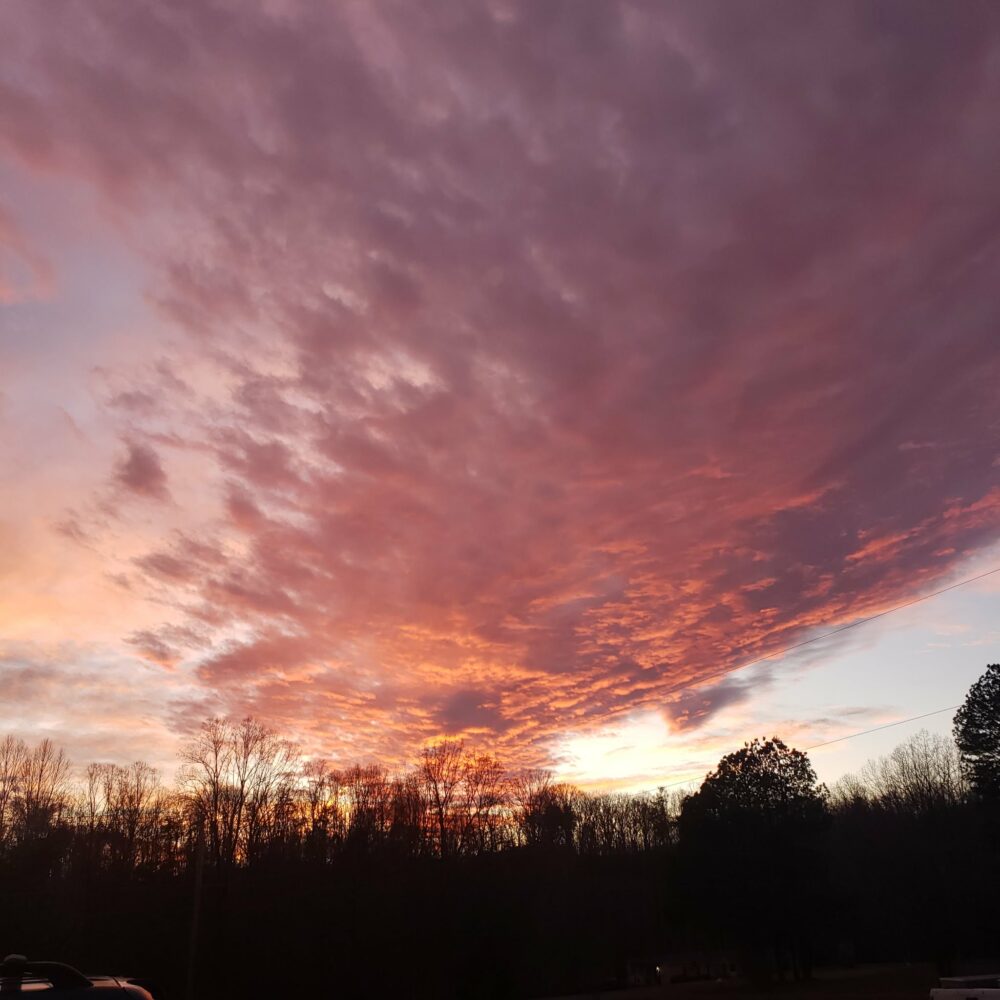
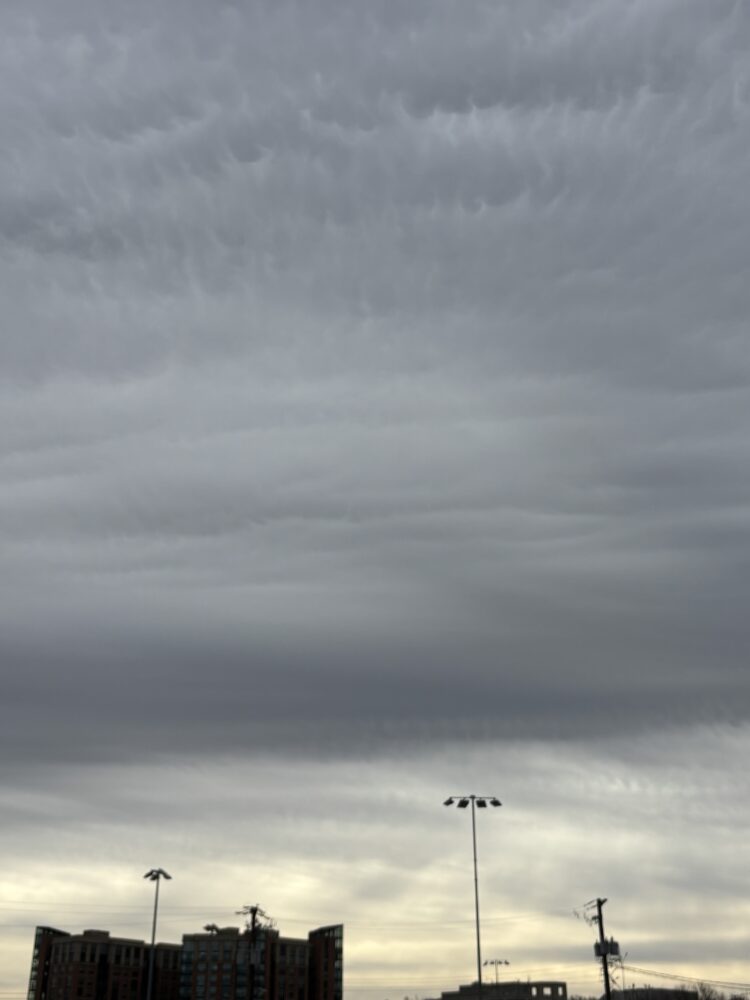
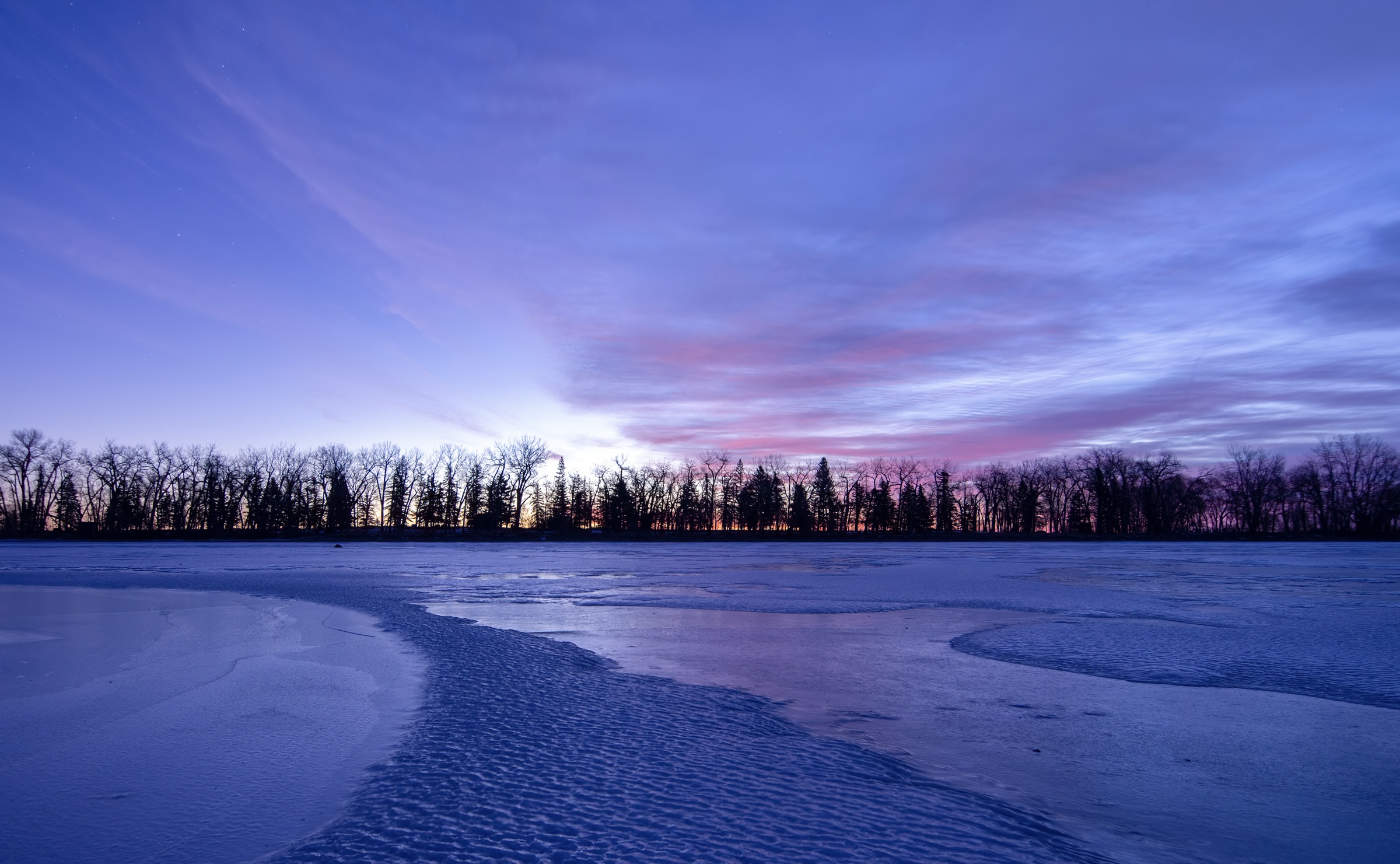
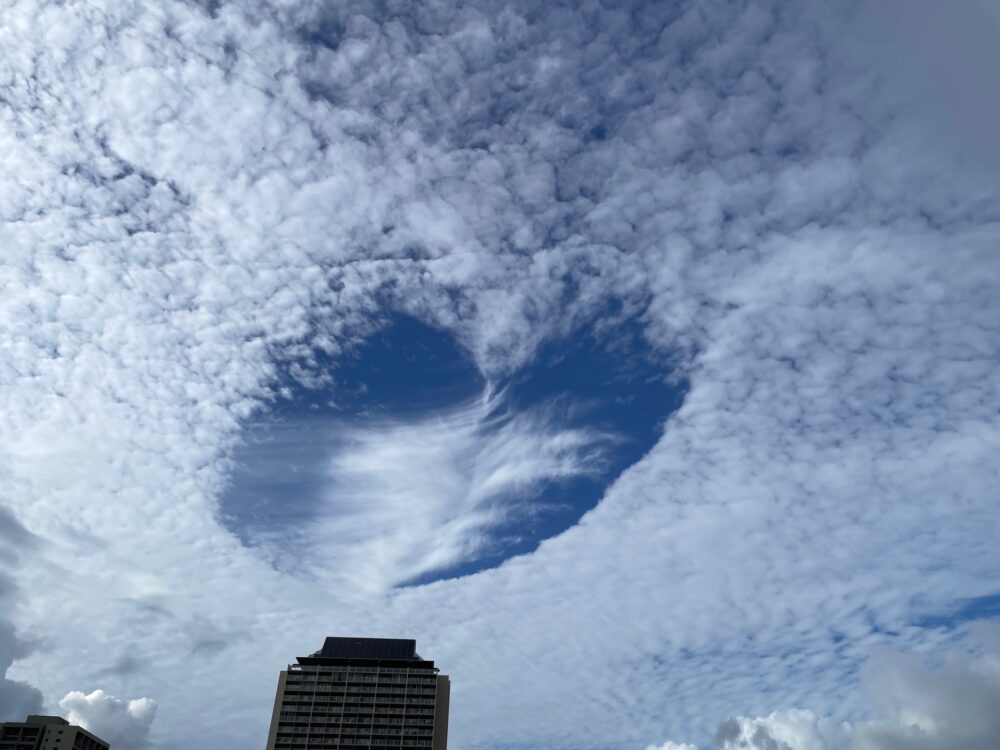
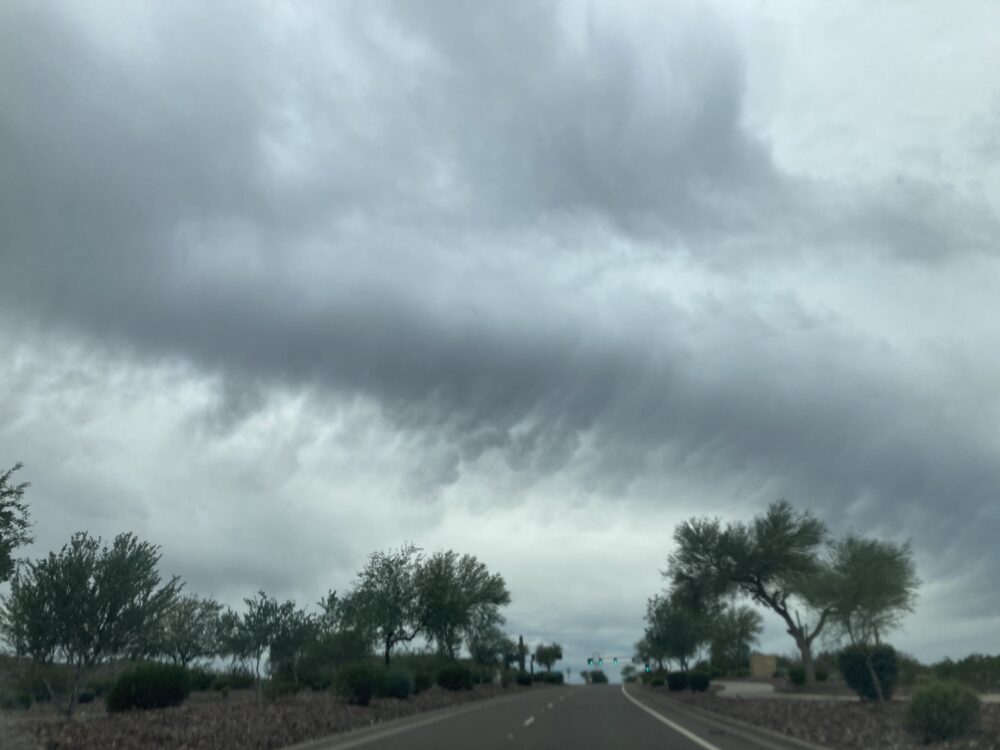
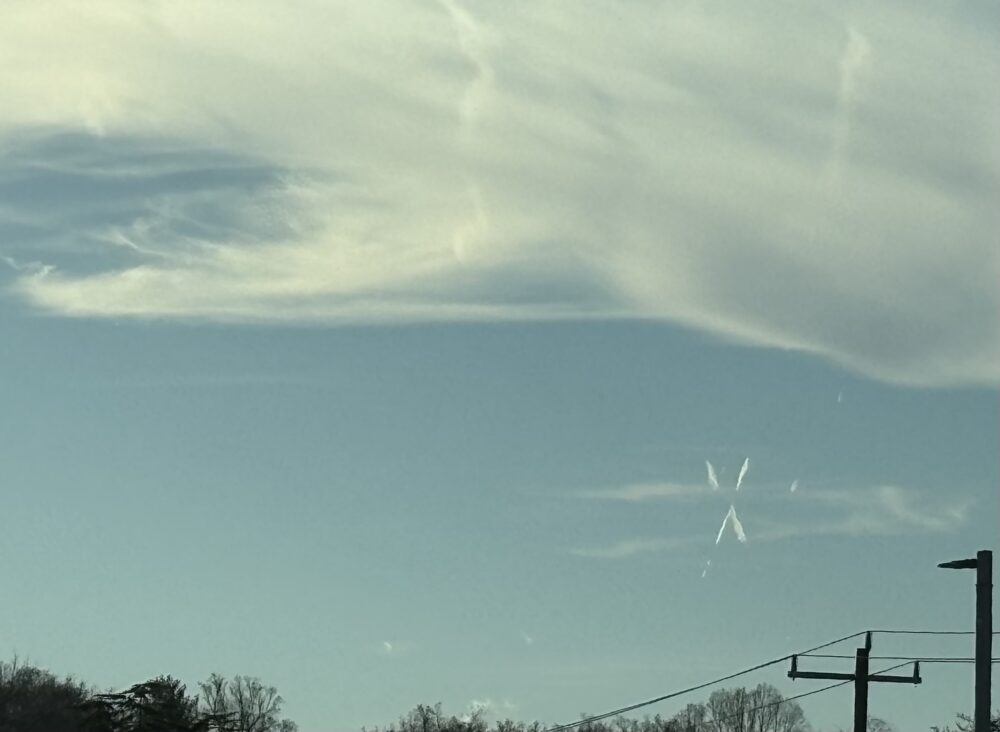
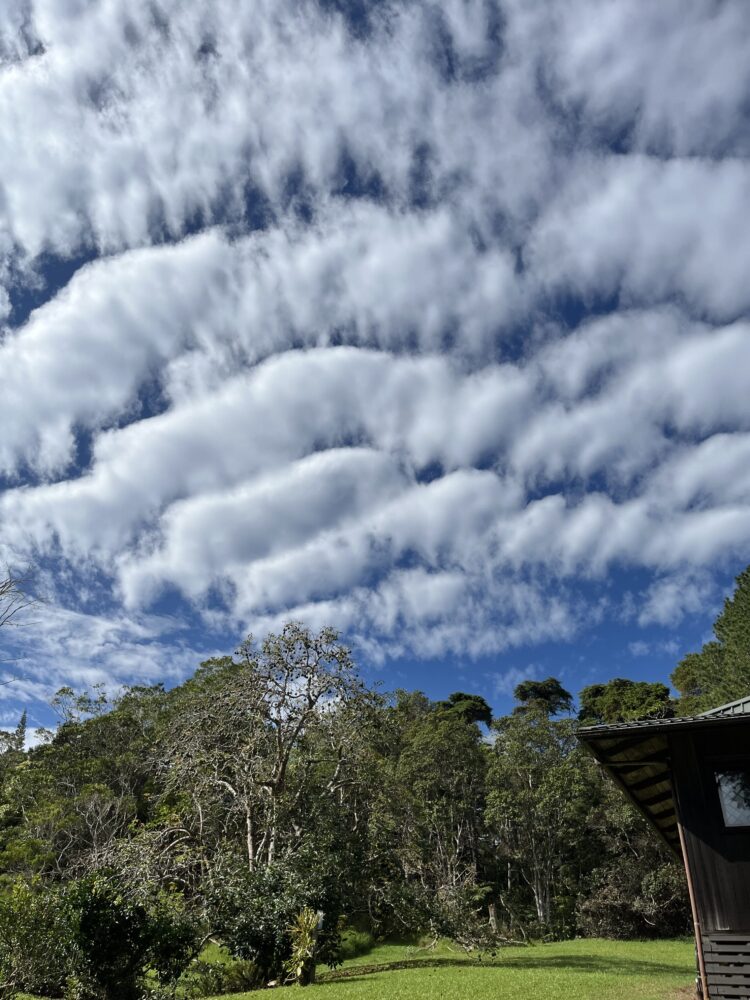
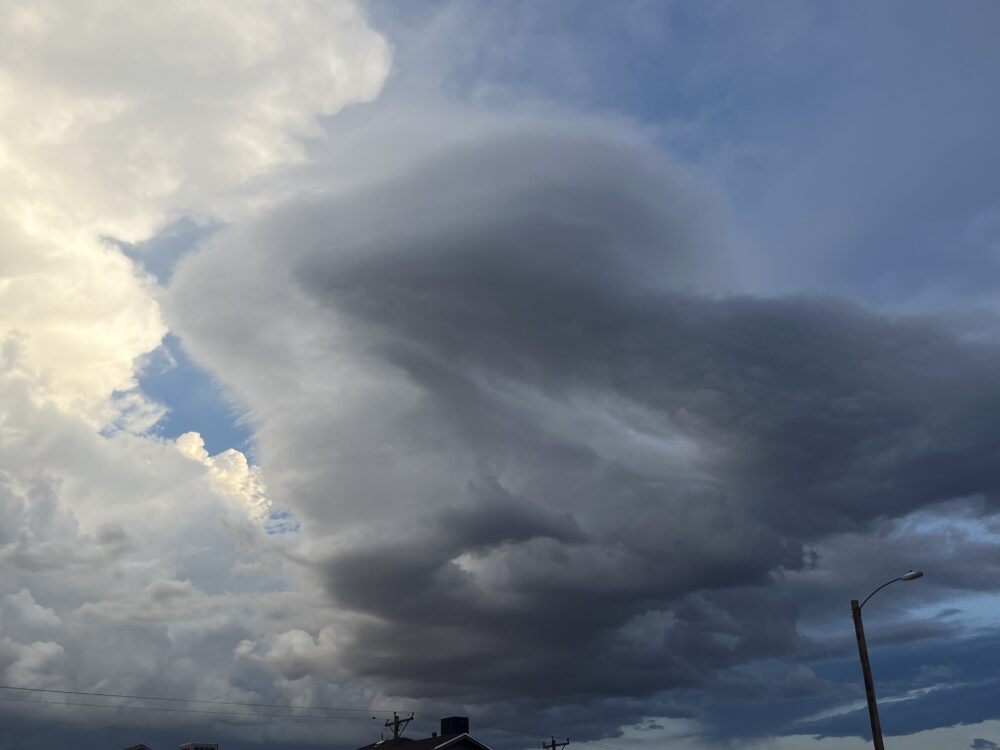
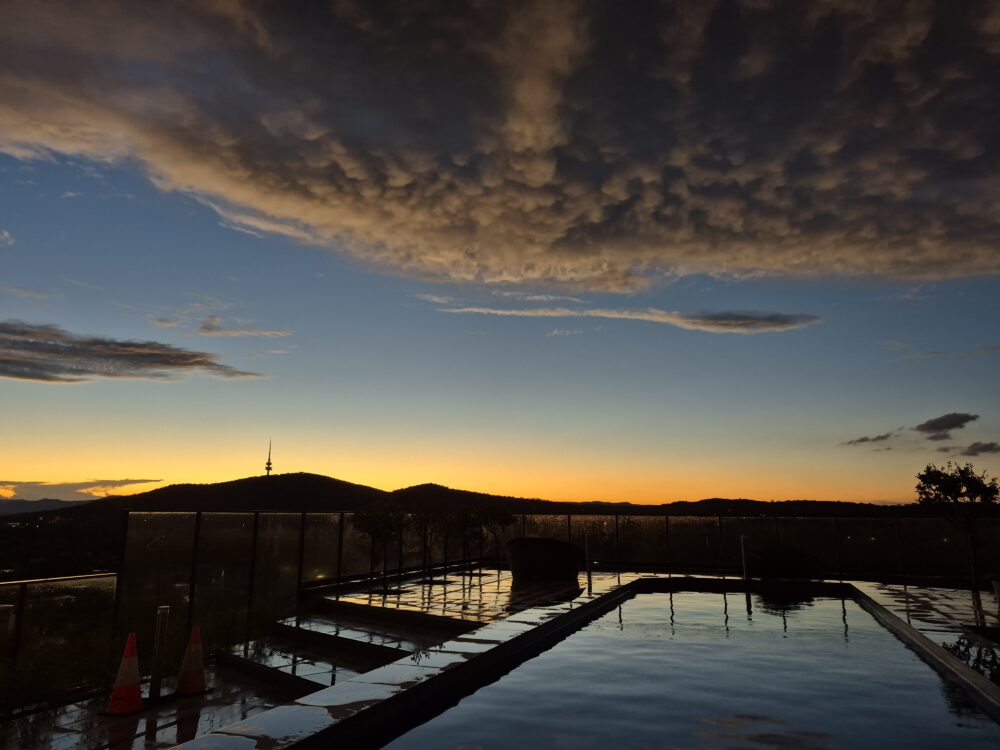
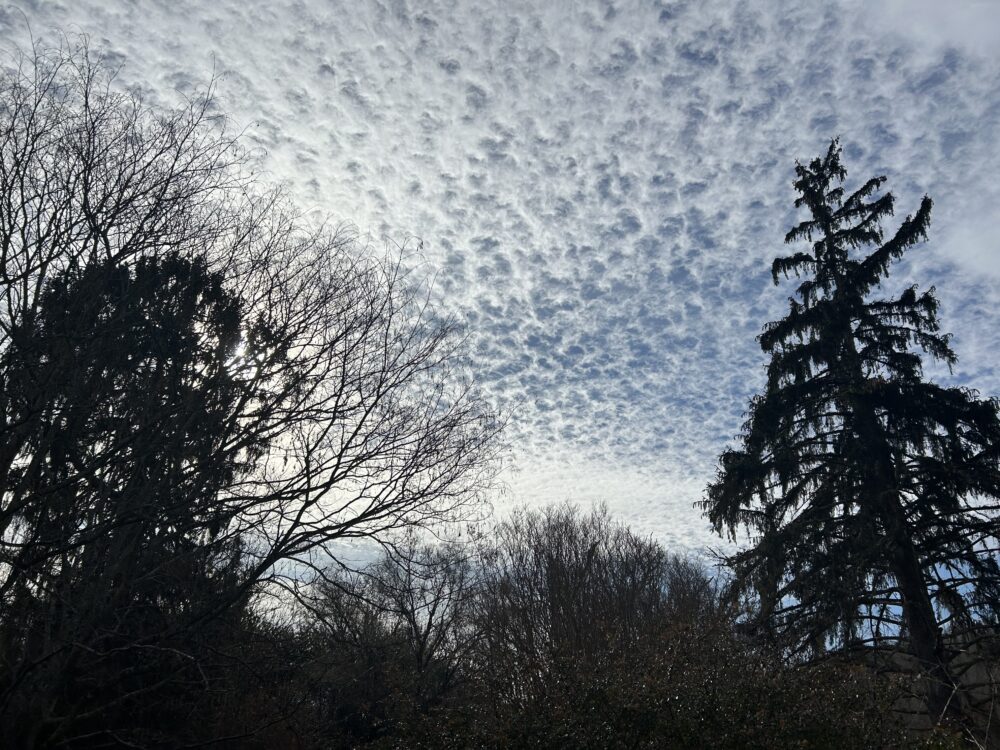

Peter
This is a superb mono image and from the flight deck .
Thanks for sharing
Regards
John
A good shot of the clouds taken from an airplane. The black and White Image shows up the cloud shadows really well. All the tallest cumulus cloud anvils are pointing in the same direction. From Rebecca Hill
What a stunning shot from above!! I just checked the NASA’s APOD page 18 and saw the uncanny resemblance of the two photos. Ours is much better or course.
Joan
Hi Peter,
Marvellous shot, especially taken in monochrome which, I think, lends more grandeur to the scene you were lucky to have photographed. I was entranced by it.
Now, here is a test! Your photo immediately reminded me of the marvellous image taken very far away from our planet Earth by NASA’s “New Horizons” spacecraft of Pluto,
The image and shows Pluto’s clouds. It bears a remarkable similarity to your photo! Do, please, have a look.
Image released on NASA’s APOD page 18 September 2015.
https://apod.nasa.gov/apod/ap150918.html
Laurence